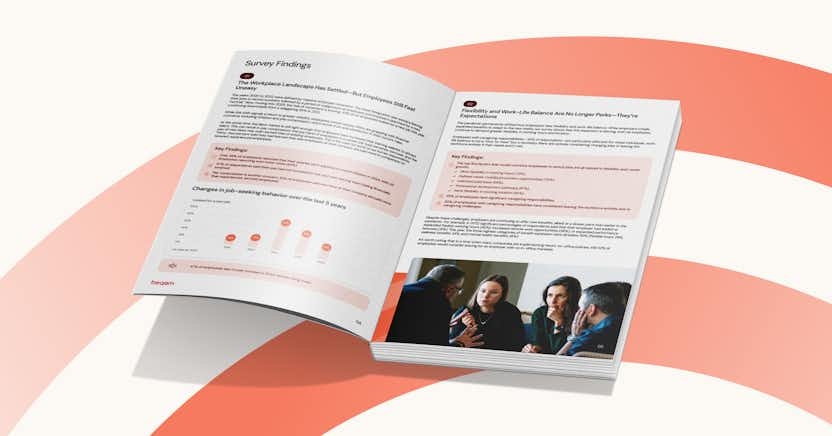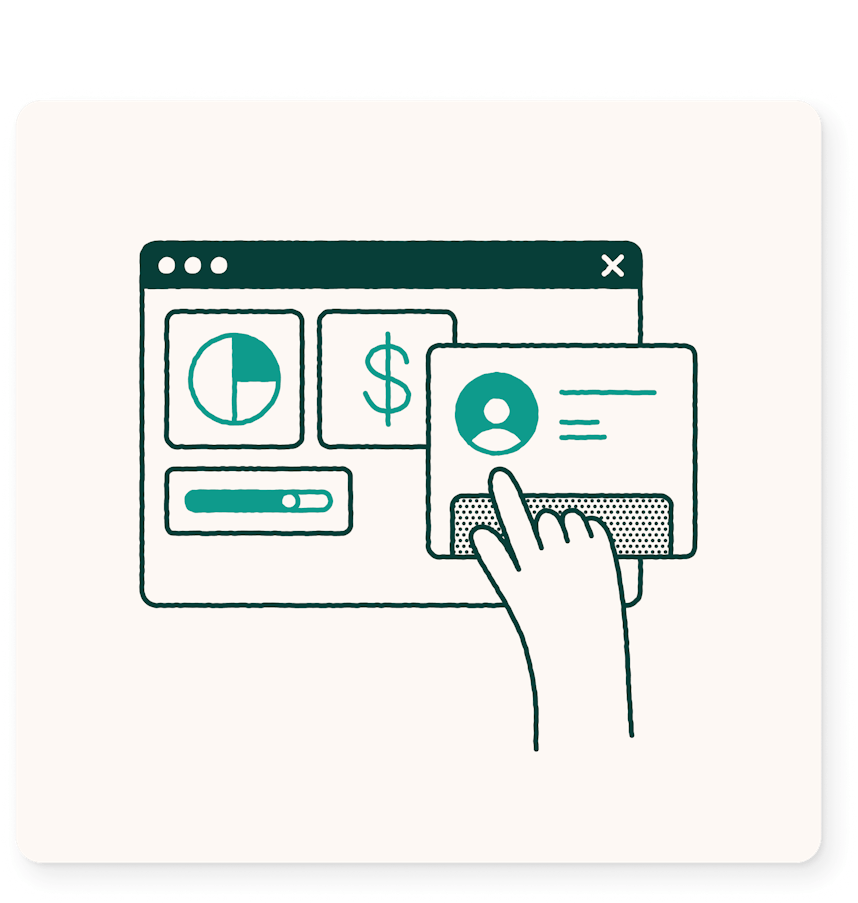Tips for Incentivizing Sales Teams on Recurring Revenue Contracts

With the popularity of Software-as-a-Service and other subscription-based revenue models, such as cable or mobile phone services, comes a challenge: how do you compensate the sales reps who sell these contracts? And what about the rest of the team, who are tasked with fulfilling and supporting contracts over the life of the customer relationship? It’s not like selling a physical product or even a perpetual software license where you simply could pay the sales rep a commission on the price paid.
With contracts based on a subscription model, revenue is often received and recognized over time, so most of the value of the contract will come in the future. What used to be a $1 million license sale now might be a 5-year contract with Annual Recurring Revenue (ARR) of $200,000. So, what do you commission the sales rep on, the $200,000 you get the first year? Or the Total Contract Value (TCV) of $1 million?
What’s best practice?
First of all: there is no one-size-fits-all solution. The way you incentivize your sales reps (or channel partners or system integrators) will need to fit to your company’s unique sales coverage, channel and engagement models. Also, your incentive plan will shape behavior—for good or bad—so it’s important to give careful thought to what behavior you want to elicit from everyone who comes in contact with the customer. While your sales engagement model reflects the nature of your customer relationships and determines the drivers for long-term success, your incentive strategy should support, and not be at odds with, your long-term customer relationship goals.
How your coverage model affects metrics: TCV vs. ARR vs. Invoice Amount
Think of it this way: when a new subscription deal is closed it represents an initial capture event, expressing the customer’s intention to do long-term business with your firm. They intend to spend $1 million over five years. But, they will certainly want to minimize their risk and optimize their cash flow as well, by reducing their initial investment and allowing escape clauses if the product does not, in fact, meet their needs.
So the seller’s role and incentive plan that goes with it need to reflect the shared ownership of that risk as well. The last thing anyone wants is to incur the full-contract cost of sales when much of the job to bring in the full revenue is still left undone. In short, you want to maximize and set goals on TCV, while keeping it real about what it takes to realize that revenue over time.
Here is where you need to consider your customer coverage model. Typically, the original seller will transition the customer to a customer care team, for implementation, support, and perhaps account management by another sales rep. That original seller is the “hunter”, the rep who goes after new business. The account manager is the “farmer”, who helps ensure customer satisfaction and future revenue growth in the account through penetration and add-on sales. So your incentive plan needs to support the behaviors you want from each selling role: hunters, farmers, and others who have a role in generating value from the account.
Align Quotas with Target Incentives, but be aware of your total cost-of-sales over time
Here’s the dilemma: You want your “hunters” to land big multi-year deals and you want to credit them accordingly (that is, on TCV), but you also want to hold onto some of your incentive budget to recognize the full effort to keep that big contract active and, moreover, sell even more to that customer!
It’s a matter of balancing risk factors and mapping them correctly to your unique sales roles over time. Assuming your contracts do allow conditions for exit, some percentage of contracts won’t get fulfilled. Your planning and your incentive plans should allow some discounting for attrition. Do you expect a high customer retention rate? Then perhaps you can assign more weight to TCV.
Conversely, if your industry or your company typically deals with an above-average attrition rate, then you will want to ensure you are saving some of your incentive budget to help drive retention and renewals. That could mean giving the original sales rep or account manager a piece of the ARR each year. You don’t want reps just collecting residuals on existing deals when they should be out hunting for new ones, but you may want to give them some interest in rallying internal resources as needed to ensure customer success. Therefore, you might want to modify earnings based on an overall retention rate.
Don’t hate the player… fix the game
As with any sales plan, you also need to embrace a universal truth: that your best reps will do everything they can to maximize their earnings -- even if it’s at the expense of other company objectives. You want your incentive plan to support people in doing the right thing, rather than giving them an incentive to act contrary to the interests of the company. And it’s your job as plan owner—not theirs—to resolve the conflict.
For example, a sales rep who is highly commissioned only on TCV could offer the customer a highly favorable annual fee in exchange for a high TCV, such as a 5-year contract instead of a 3-year contract. Let’s say normally you price your product at $250,000 per year for a 3-year contract, with TCV of $750k. A sales rep being incentivized on TCV convinces the customer to do a 5-year contract at $1 million, letting them know they can cancel after 3 years anyway. If they do cancel, they will then have paid $600k instead of $750k for the 3 years, while the rep is commissioned on $1 million. Great for the customer procurement team and the sales rep, bad for your company’s bottom line. Win-Win-Lose.
One possible solution would be to hold the reps accountable by tying accelerators to pricing guidelines or tracking handoffs to customer success or account managers. Another possibility could involve putting fewer incentive dollars on the TCV quota and save them for whoever is responsible for contract fulfillment and account penetration. How you structure your market coverage will dictate the approach that’s right for you and your sales team.
In short, any plan will have loopholes. It’s up to you to remove the temptations while keeping track of metrics that allow you to avoid unwanted behavior.
Featured Resource:
Download the ASC 606/IFRS 15 report to learn how to successfully manage ASC 606/IFRS 15 compliance in sales compensation















